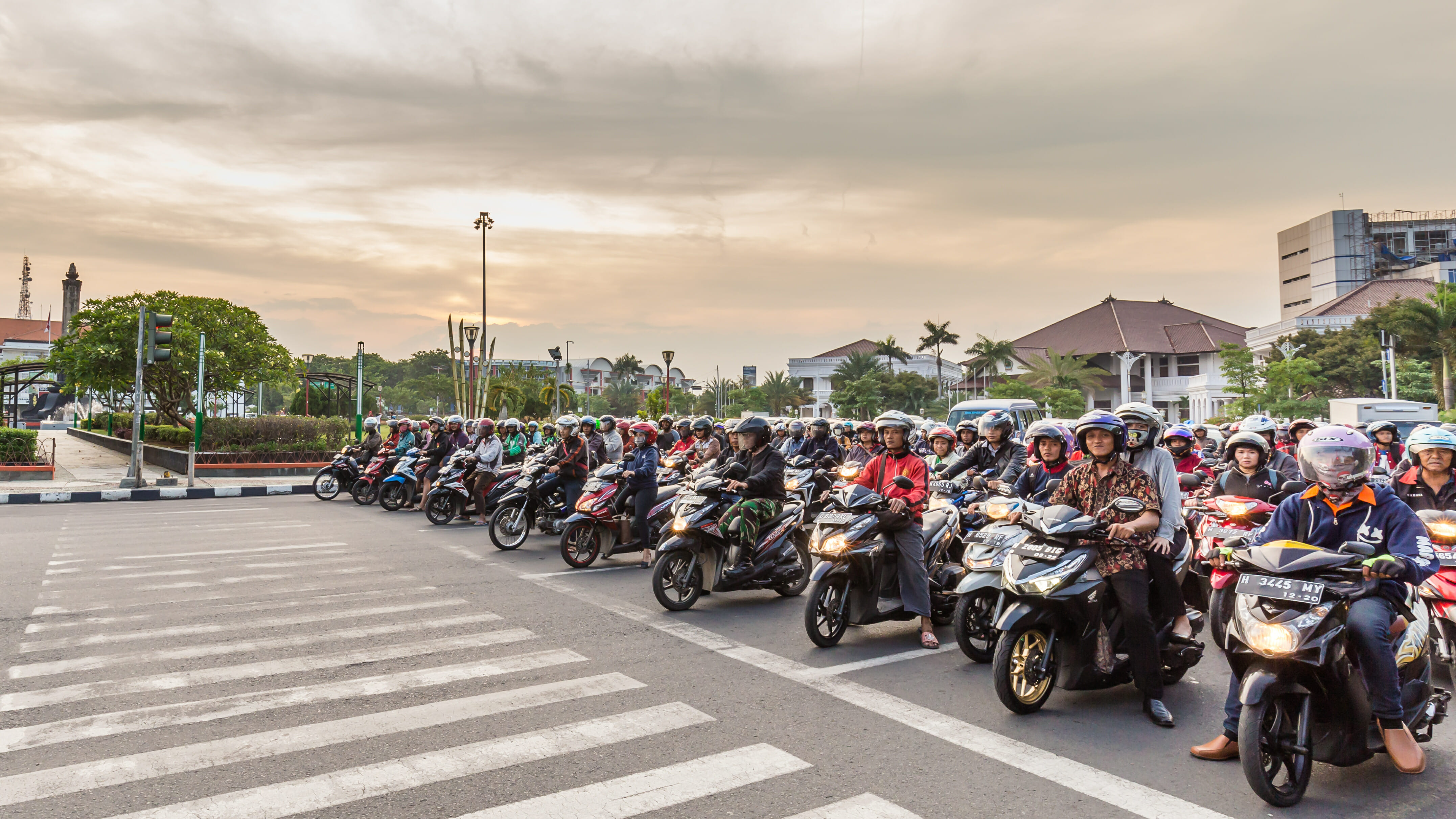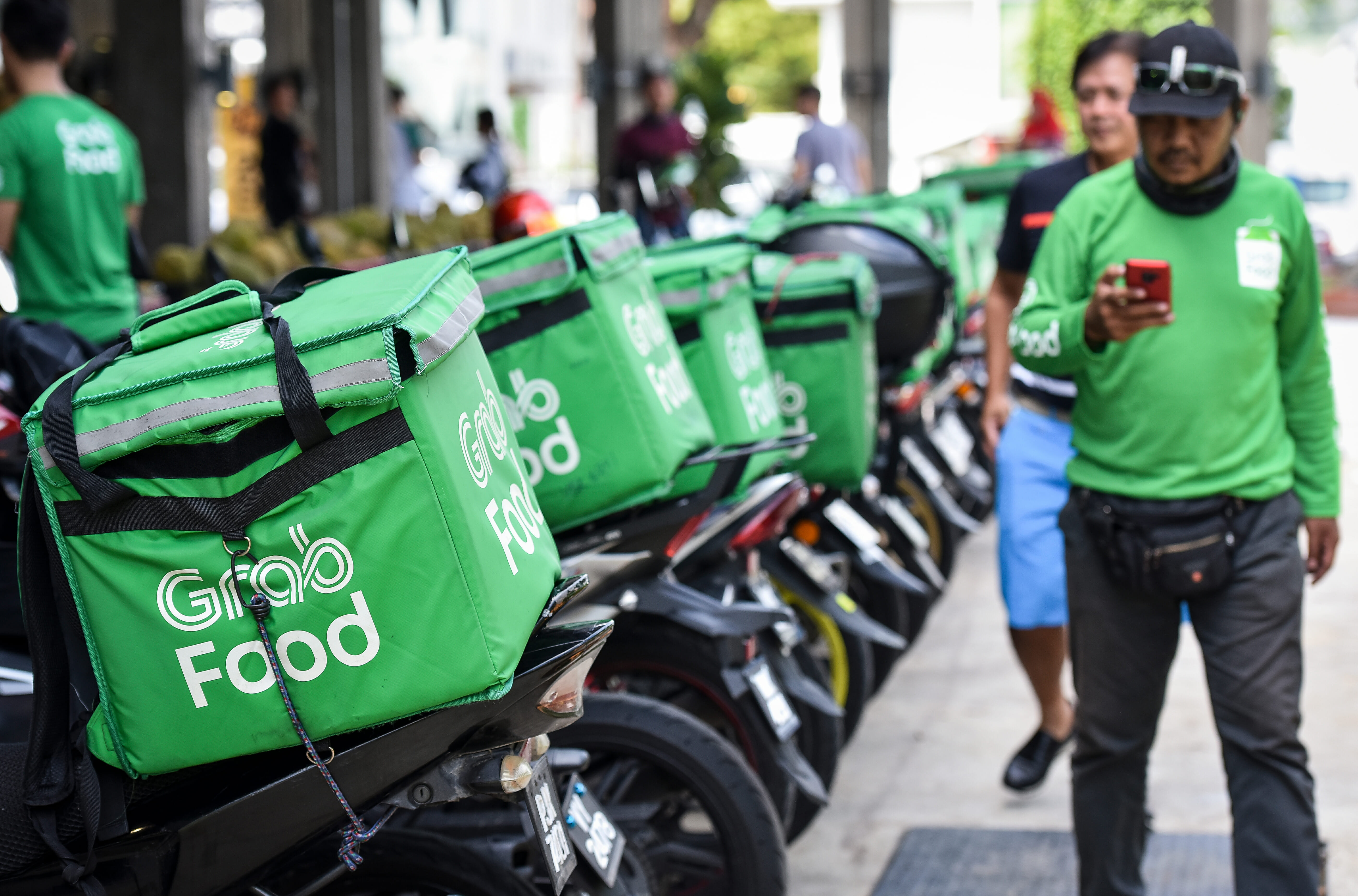Bernard Hosanna on Growing With Grab [Mind the Product]

Today, Bernard Hosanna is based in Singapore and works a product strategist at SouthEast Asia’s super app, Grab, but, like many in the game, he hasn’t always worked in product.
Bernard studied engineering with a focus on telecoms at Singapore’s Temasek Polytechnic. While he remembers being a “fanatic about handphones and gadgets”, telecoms wasn’t for him, and he then went on to study investment finance and economics at a US university. From there, he began a career in finance. By 2013 he was an investment advisor in the US at Goldman Sachs, one of the best-known investment firms in the world.
He decided to switch to product in 2015. His decision was based on a “gut feeling”, which turned out to be spot-on – along with his timing. The business climate in finance was becoming more challenging by the day while the tech scene was starting to show robust growth. He’d watched as the ride-hailing space, led by Uber in the US, grew exponentially.
“I’d tried Uber in the US and I got it. I could see how it could shape and change the way we go about daily life. It was very impactful.” This drove him to look further into the ride-hailing industry and other tech firms around the world, including Grab, the big player back home.
“I can’t explain it, I just felt I should give it a shot,” he says. “Looking back now, I feel grateful and very blessed to have taken the risk at that time. I’m not sure how many people would have done the same.”
A Leap of Faith
To some of his friends and family, it seemed like an odd transition – finance to product? “None of them could understand why I was quitting Goldman Sachs to, as they put it, join a taxi company.” But to Bernard, it made sense from the get-go.
In finance, you’re often responsible for managing the funds of ultra-high net worth clients. Your job is to listen, to understand their objectives in order to successfully customise a portfolio and provide tailored advice. “That’s stayed with me,” he says. “Now, when I go out and meet our customers, our drivers, and our merchants, I really listen to their story so that I can understand how to help them.”
The other similarity between finance and product, he explains, is attention to detail – dealing with millions and billions of dollars every day, means being meticulous and detail-oriented at all times. It’s something, he says “you have to be able to apply in a product job, where every single detail in the user experience matters”.
Bernard got his first job as a product management lead at Grab in July 2016 and, despite the similarities with his previous career, he admits he had little in the way of the coaching skills or experience needed. “Essentially I had been working with a product, but it was an investment product. It wasn’t impossible to make the switch to consumer tech products but I had to test the waters and I did a lot of self-learning along the way.”
Building Product at Pace
He’s now been working at Grab for four years and says he can’t imagine being anywhere else. He loves everything about it – his opportunity to work with brilliant minds across the region and the world, the impact he sees their work having on the community, and being in a company where, despite small beginnings, nothing is made to feel out of reach.
In 2018, Grab hit the headlines for its acquisition of Uber’s Southeast Asia assets, and it’s now Southeast Asia’s largest mobile technology company. But it was started by a group of friends in a tiny rented storage space in Kuala Lumpur, only six years earlier. It now operates in eight countries across Southeast Asia and to date has received multi-billion-dollar funding from the likes of Softbank, Toyota, Microsoft, and Chinese ride-hailing giant Didi Chuxing. It was valued at $14 billion in March 2019 and co-founder and CEO Anthony Tan says some of the company’s operations are already profitable in some markets. Says Bernard: “When I joined I had no idea we would be setting down historic milestones like that. I feel I’m working somewhere where we have the opportunity to make history.”

As product management lead, Bernard and his team have had to focus on building hyperlocal experiences in eight other countries and over 250 cities. He explains: “In Southeast Asia and Vietnam, as well as in Indonesia, two-wheeled bikes are the primary means of transportation. In other countries, like Malaysia or Singapore, it’s a car.” This is just one example of the many differences his team has had to adjust to and localise.
At the same time, over a period of just three years, the company experienced hyper-growth. It had to hire quickly and continue to build hyperlocal product experiences at pace but, in the midst of it all, the team began to notice they were failing to adopt a standard approach.
“At Grab, we’re set up in 20 plus tech families. Each family has a product leader, and each family focuses on one problem – such as drivers, payments or food delivery,” he says. These families operate autonomously, and, as new people joined the company, they brought with them their own ways of working: “We realised we needed to provide some guardrails and synergy,” Bernard says. This is how he took his next step, moving to the role of product strategist. “The role was introduced exactly for that purpose, to create that synergy, and because the areas it covered were ones I’m so passionate about, it felt natural to move into it.”
Scaling for Success
Now reporting to the head of product strategy, Bernard’s role, and the wider team, looked significantly different to his early days at Grab when he was one of four product leads, a change that was largely a result of hyper-growth in Grab’s payments and food delivery businesses.
“We’ve definitely built and scaled the team as a result of that growth,” he says. “To give a clearer picture of that journey, I joined the product management team at Grab as number 13, and now we have 180 plus.”
Today, his role is now to help the broader product team to get where they need to go by drafting out frameworks and tools that empower them to deepen their understanding of their customers, and ultimately build better products. “I always have innovation on my mind too,” he says. “I’ll be thinking about our research, asking myself what’s it telling us and what are the opportunities that we can potentially add value into in this region? I’m always thinking and learning.”

Continuous Learning
Like many successful product people, throughout his journey, Bernard hasn’t been afraid to look to other product managers and companies for advice and inspiration and believes constant learning is a key to success. Right now, he says, three Chinese firms are leading the pack. “Meituan Dianping, the number one food delivery in China, Alibaba and Tencent are tech giants that we, at Grab, look at and aspire to learn from.”
Internally, Grab’s learning and development team has grown too, evolving and elevating the learning process, not just for its product managers, but the organisation as a whole. “Learning has certainly evolved and been elevated “Within the organisation and we want to equip product managers with opportunities to learn. Be that through courses or with the support of local trainers.”
What’s next?
Bernard feels blessed and grateful for the incredible ride Grab has taken him on so far and can’t wait to see what’s next for him, his team and their customers. He’s now looking forward to collaborating and innovating with the bright minds and his fellow Grabbers, “that’s what we call our co-workers,” he explains. “I’m excited to keep working on future everyday experiences as we elevate the community in Southeast Asia and embark on this amazing super app journey.” Stay tuned!
The post Bernard Hosanna on Growing With Grab appeared first on Mind the Product.
Source: Mind the Product https://www.mindtheproduct.com/bernard-hosanna-on-growing-with-grab/

Post a Comment